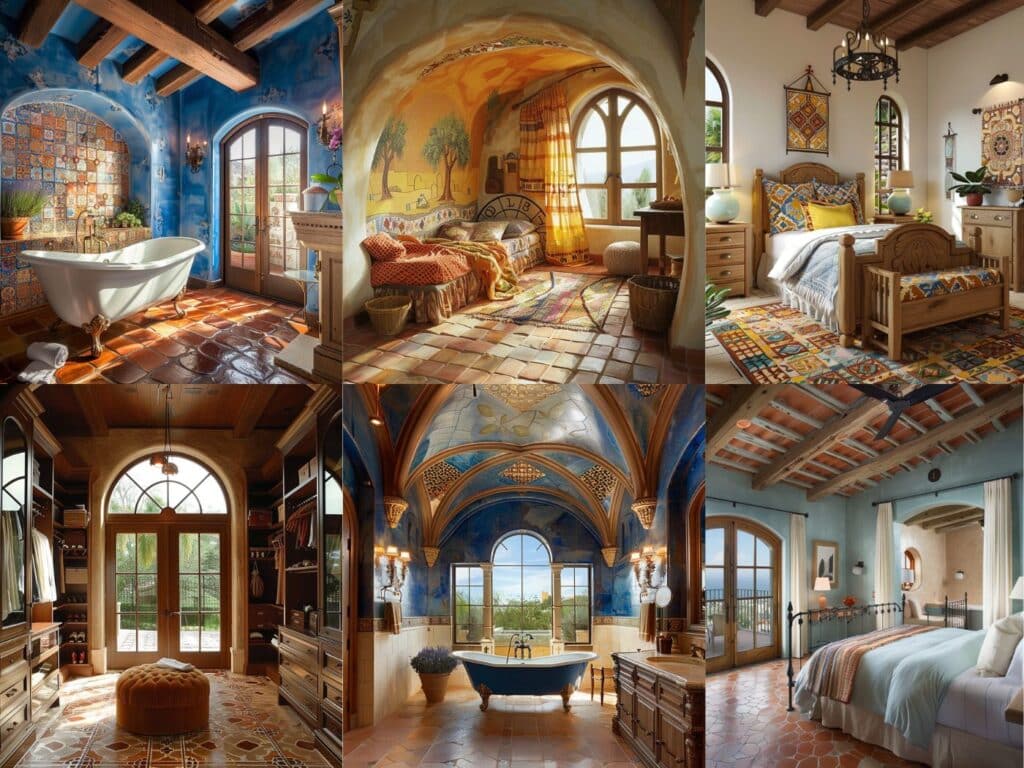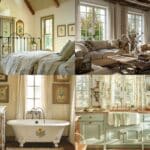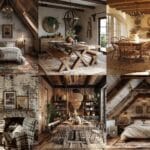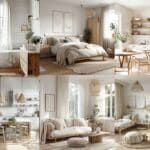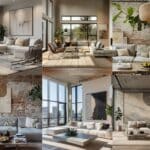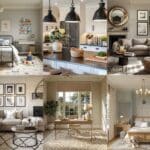Imagine stepping into a space that instantly transports you to the sun-drenched coasts of Southern Europe, where the air is filled with the scent of olive groves and the sound of the sea. Mediterranean interior design captures this essence, blending rustic charm with modern elegance. It’s a style that invites warmth, comfort, and a touch of the exotic into your home.
You may well be seeking a fresh, timeless look that feels both luxurious and lived-in. Mediterranean design offers just that, with its rich textures, natural materials, and vibrant colors.
Whether you’re looking to revamp a single room or transform your entire home, this style provides a perfect balance of sophistication and coziness. Ready to explore how you can bring a slice of the Mediterranean into your living space? Let’s dive in.
Top 22 Mediterranean Interior Design Ideas And Styles
#1. Mediterranean Living Room Interior Idea

#2. Mediterranean Walk-in Closet
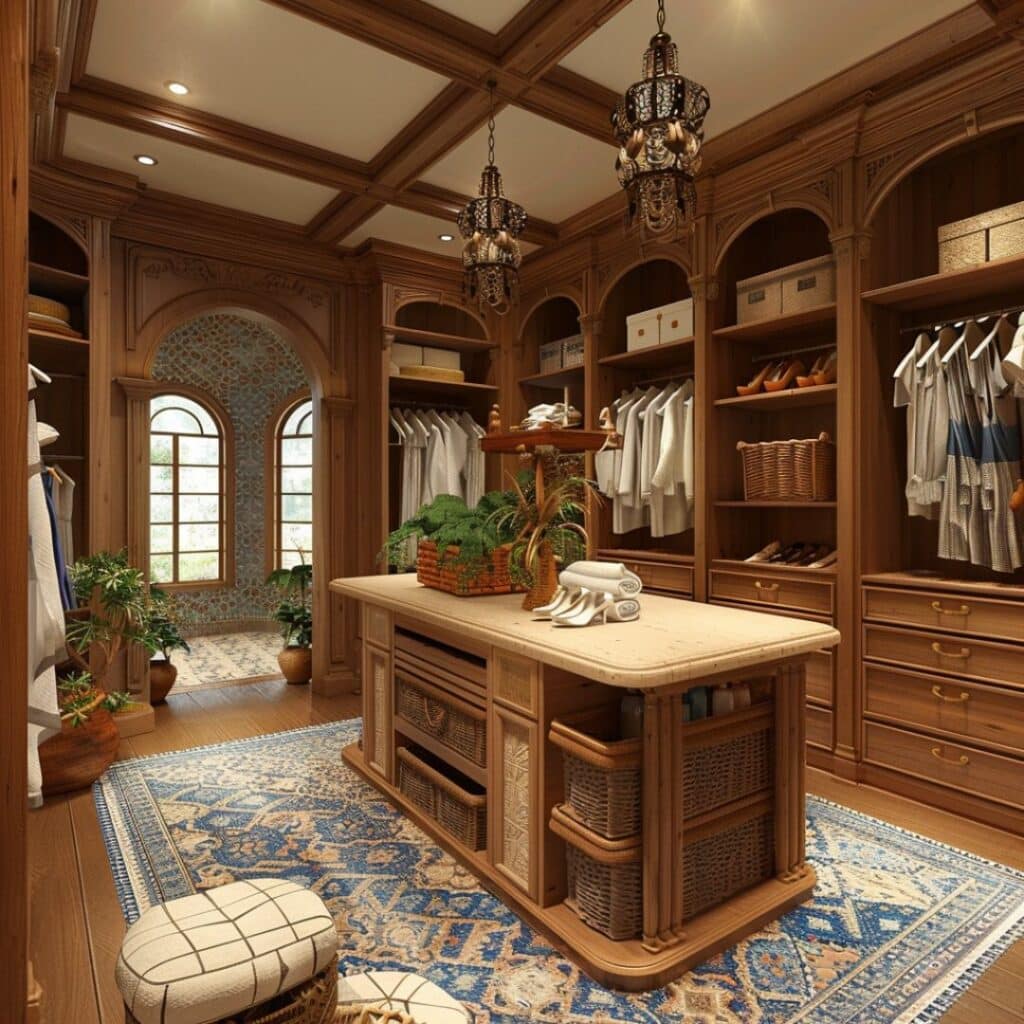
#3. Mediterranean Walk-in Closet Stool
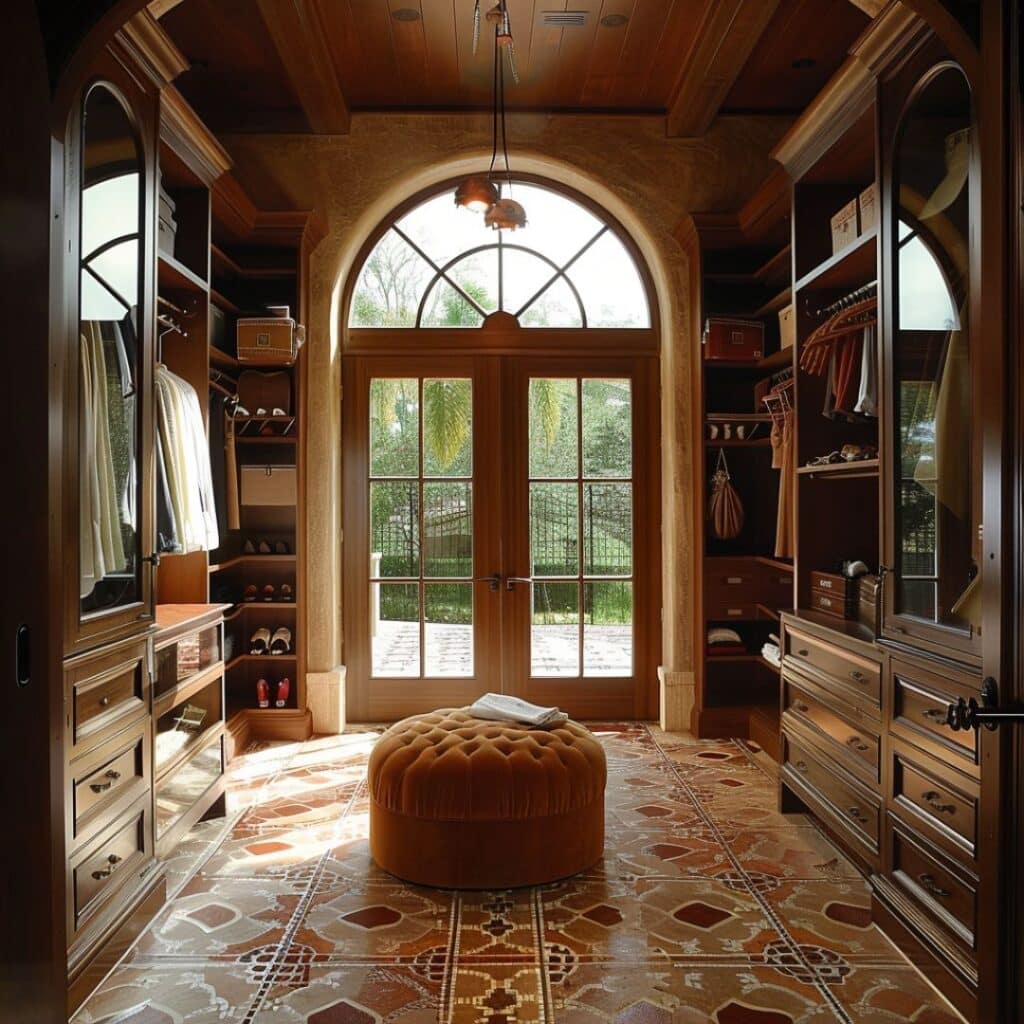
#4. Mediterranean Walk-in Closet Shelves
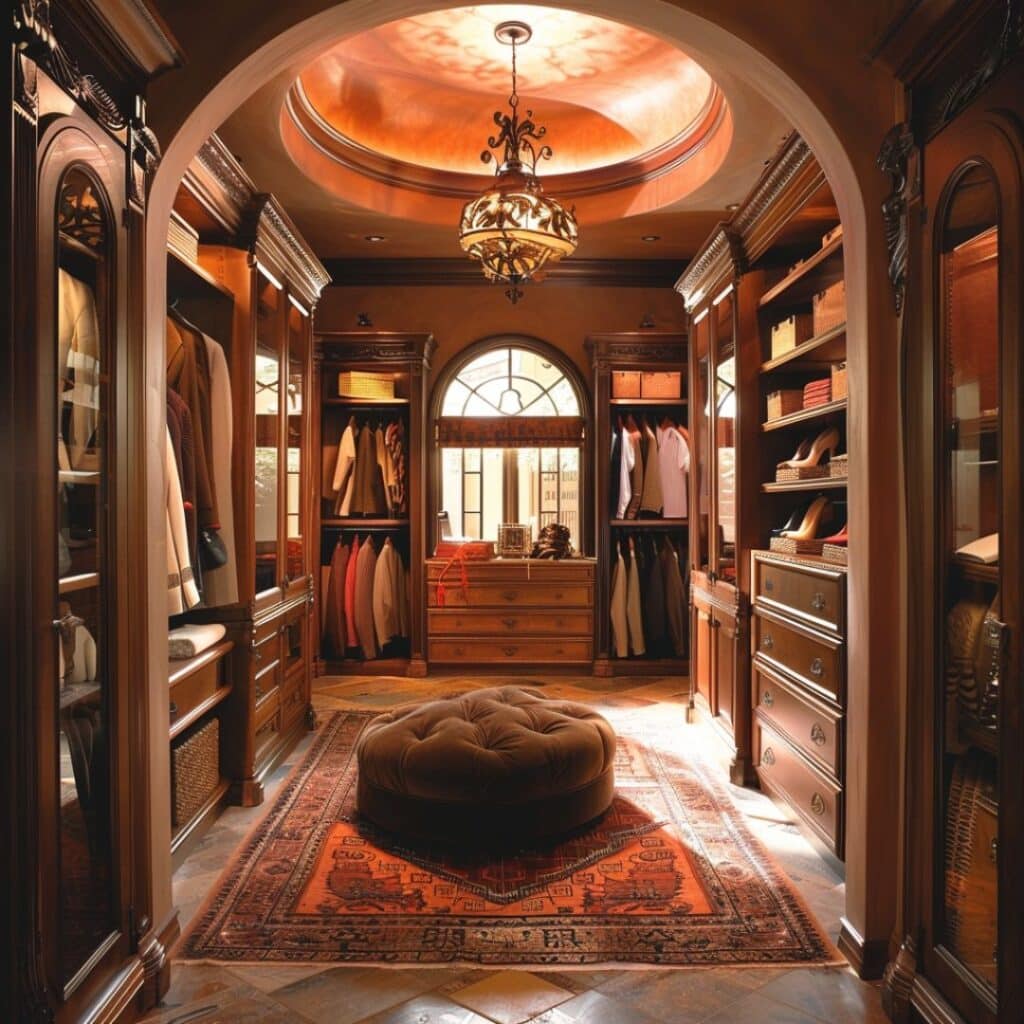
#5. Mediterranean Walk-in Closet Desk
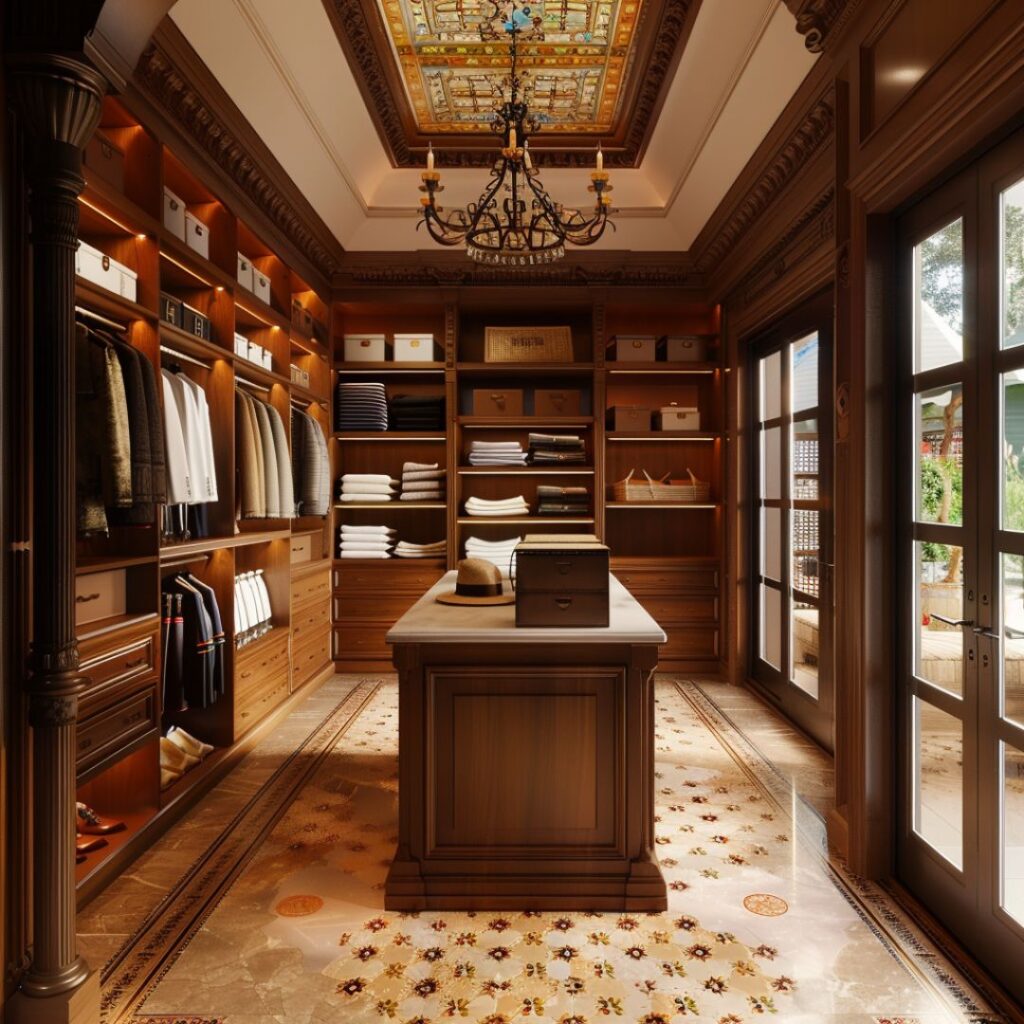
#6. Mediterranean Walk-in Closet Chandelier
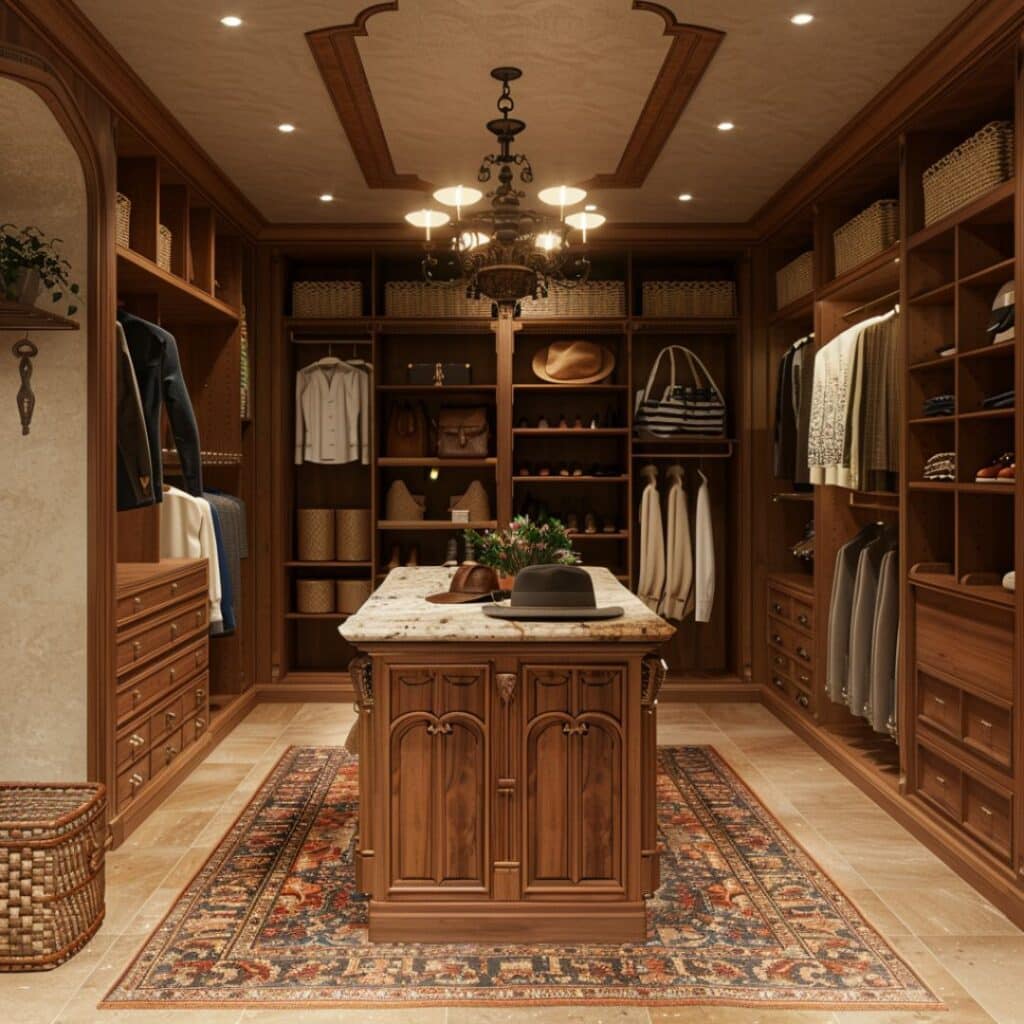
#7. Mediterranean Walk-in Closet Carpet
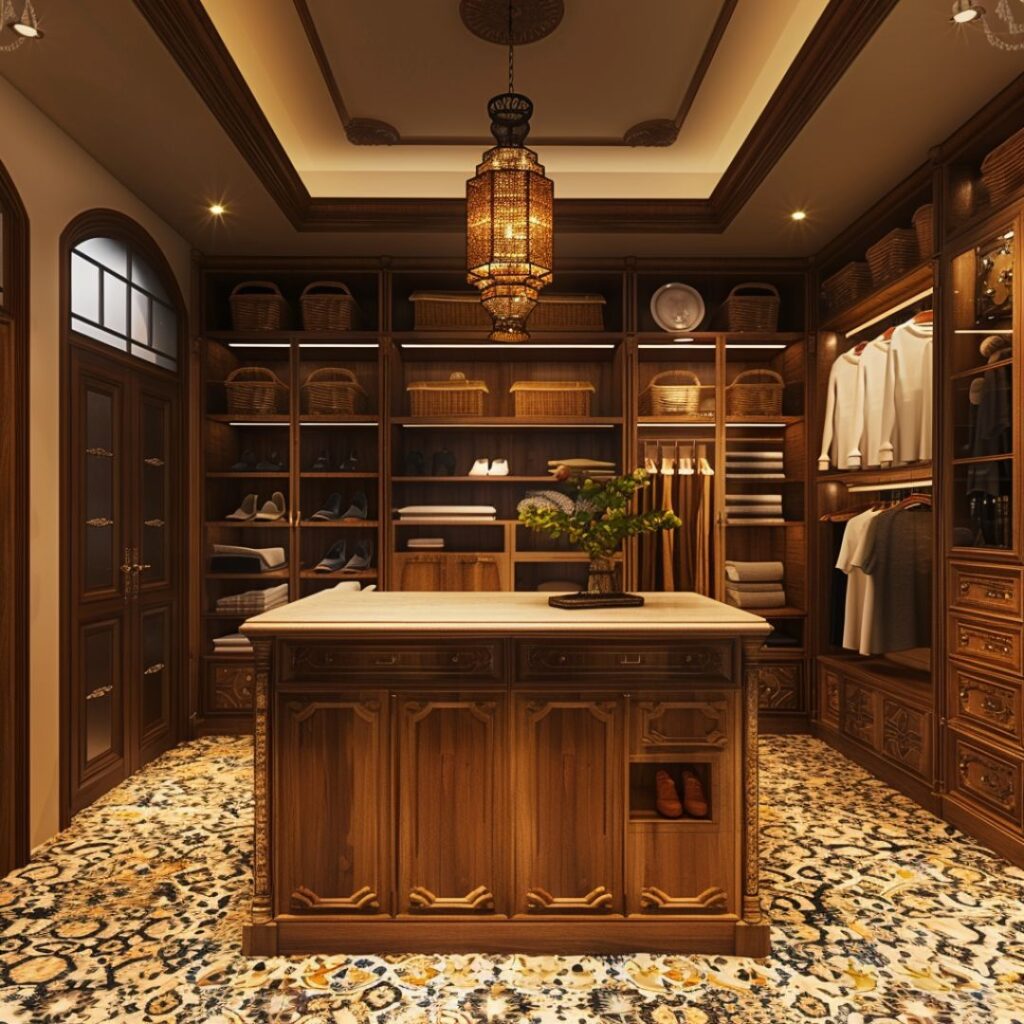
#8. Mediterranean Living Room Interior Design
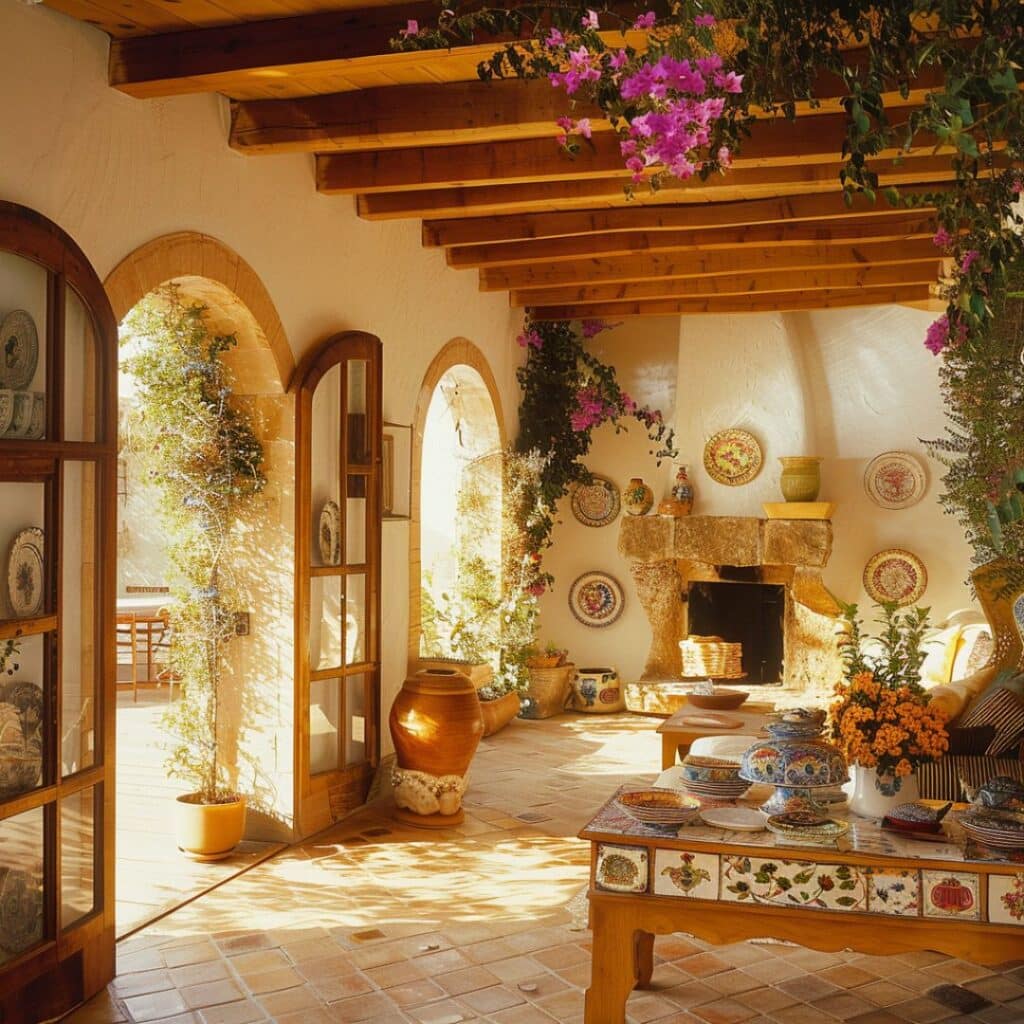
#9. Mediterranean Kitchen Interior Idea
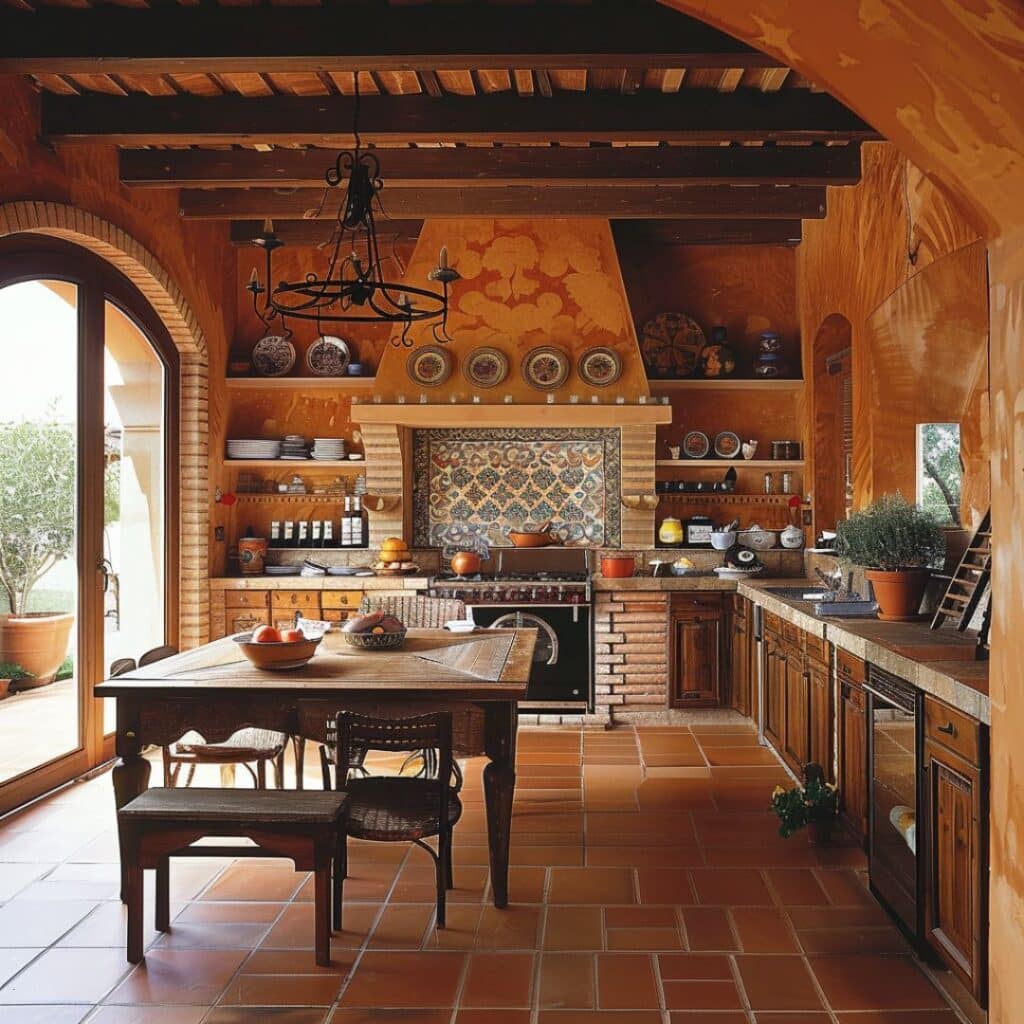
#10. Mediterranean Kitchen Interior Design
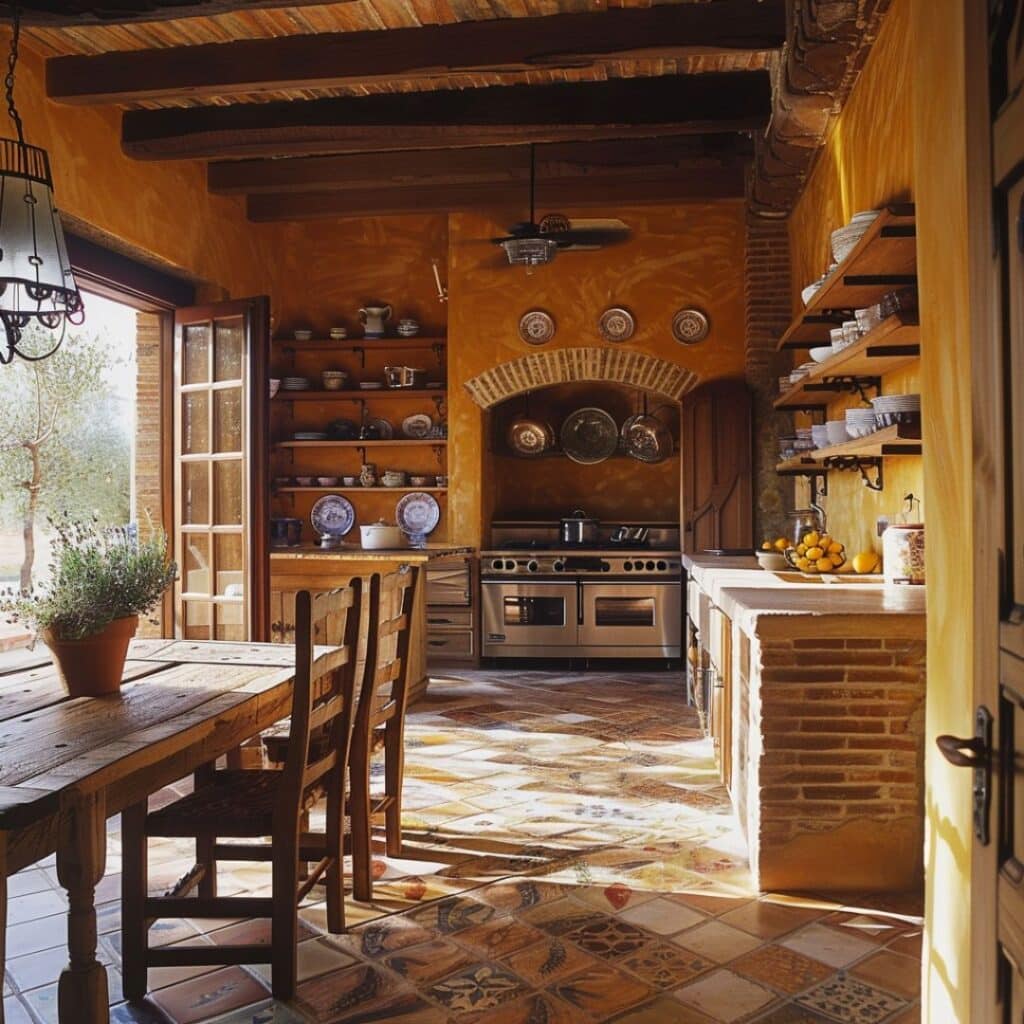
#11. Mediterranean Kitchen Design
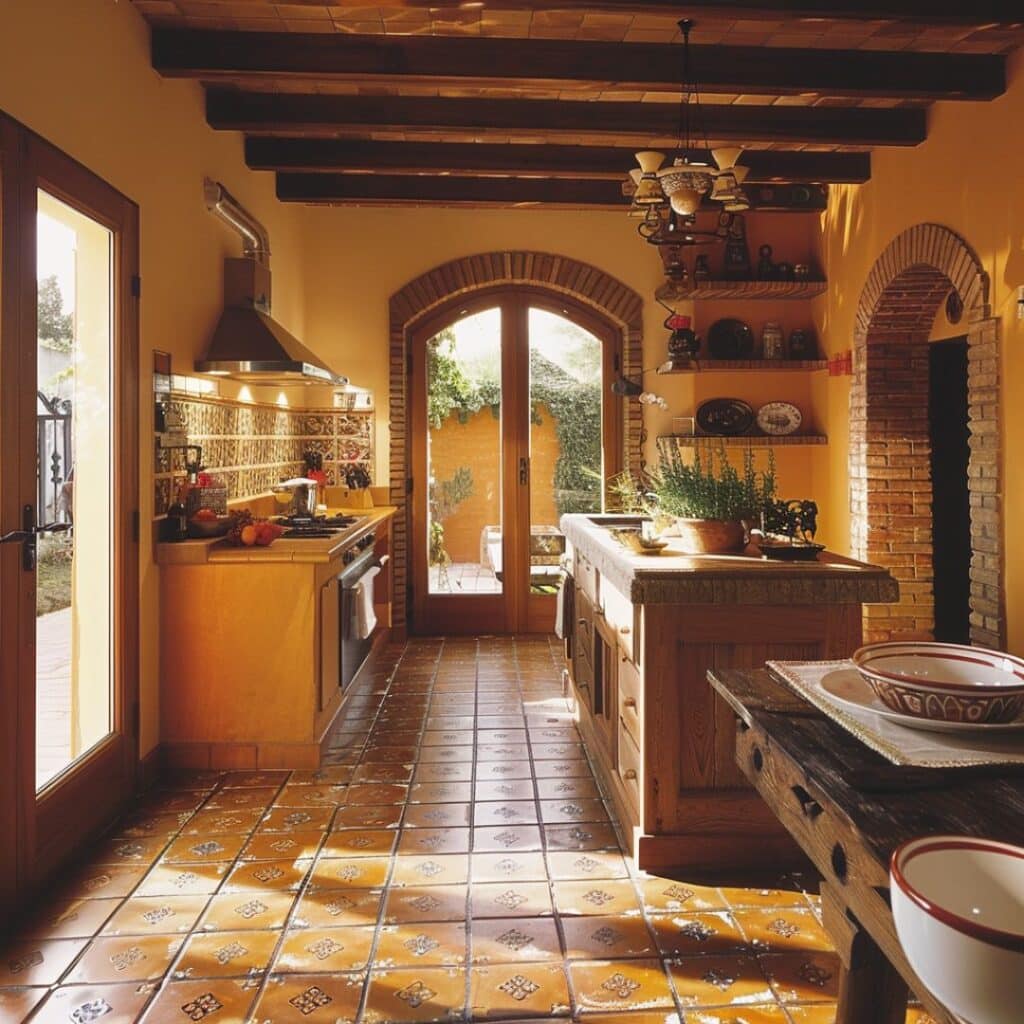
#12. Mediterranean Kids Room
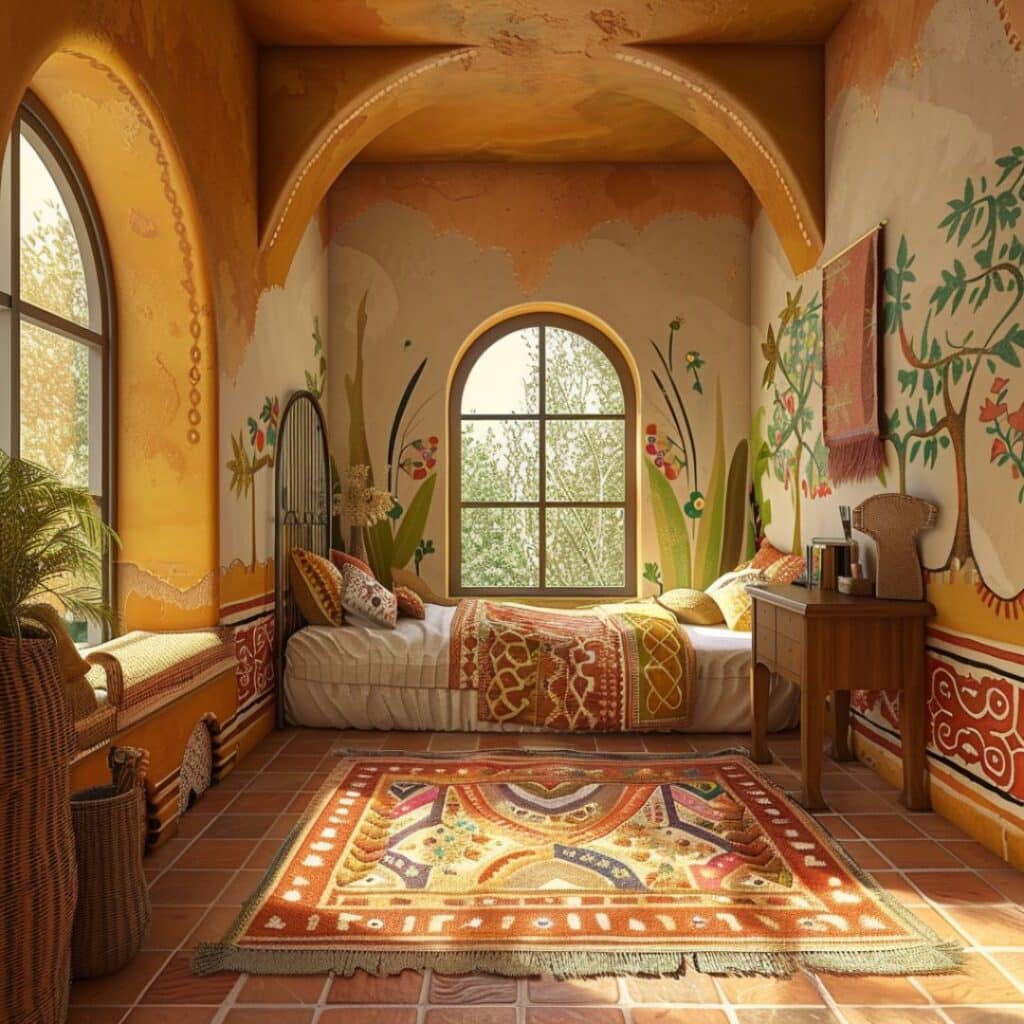
#13. Mediterranean Kids Room Window
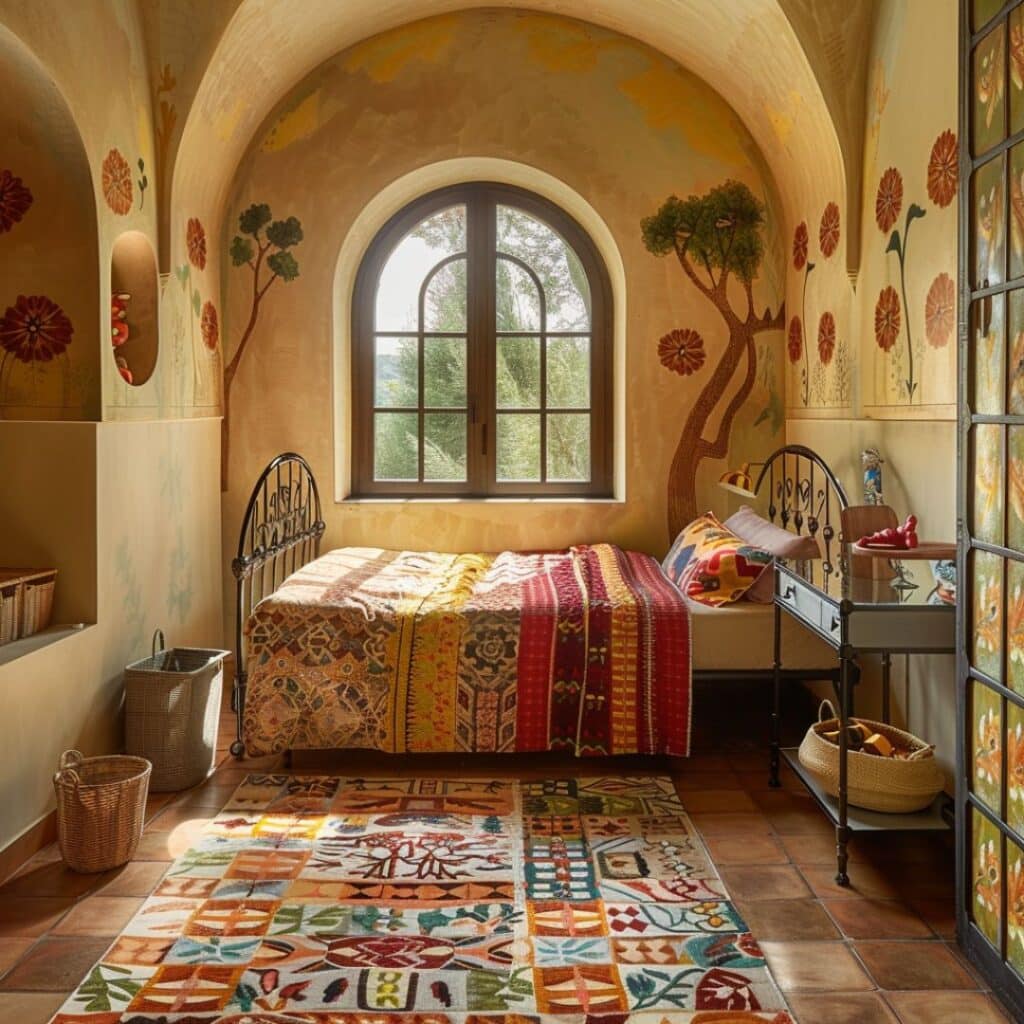
#14. Mediterranean Kids Room Light

#15. Mediterranean Kids Room Carpet

#16. Mediterranean Kids Room Cabinets
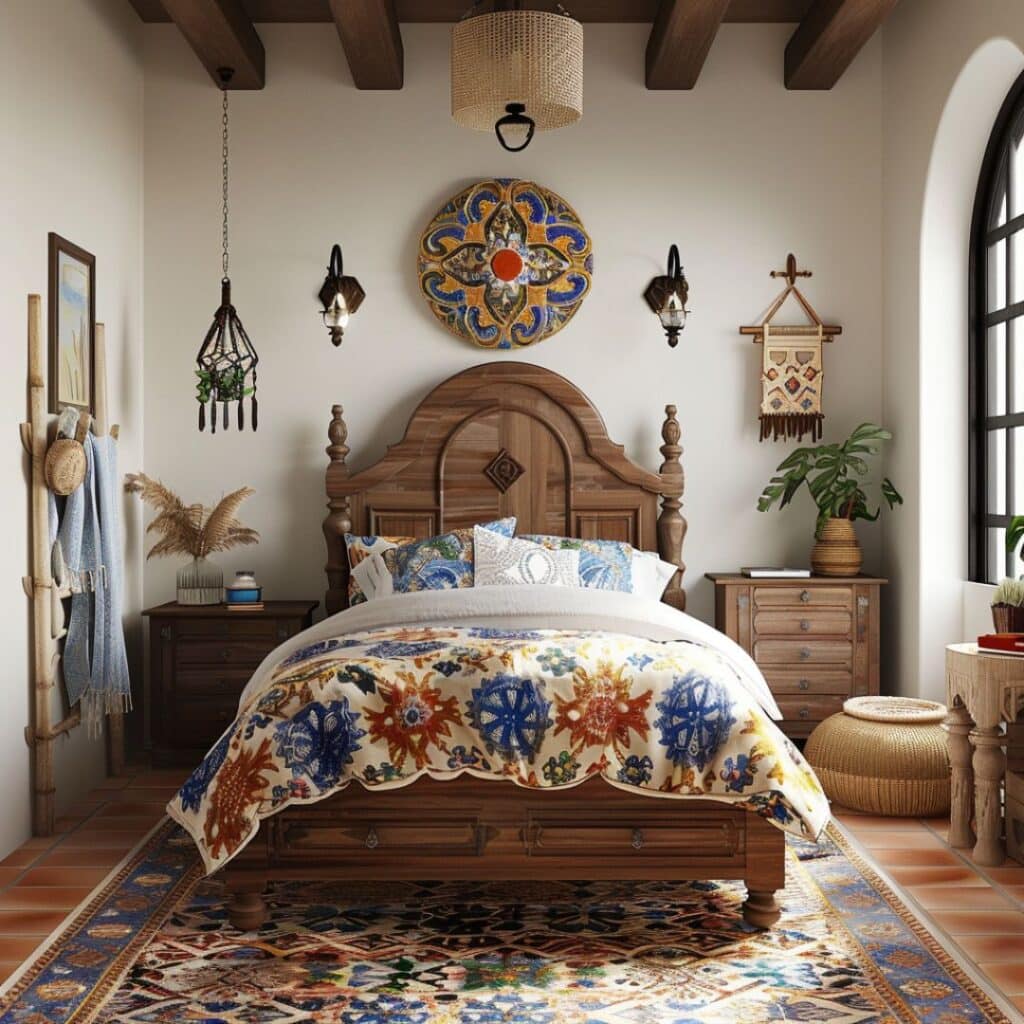
#17. Mediterranean Kids Room Bed

#18. Mediterranean Bedroom Interior Idea

#19. Mediterranean Bedroom Interior Design
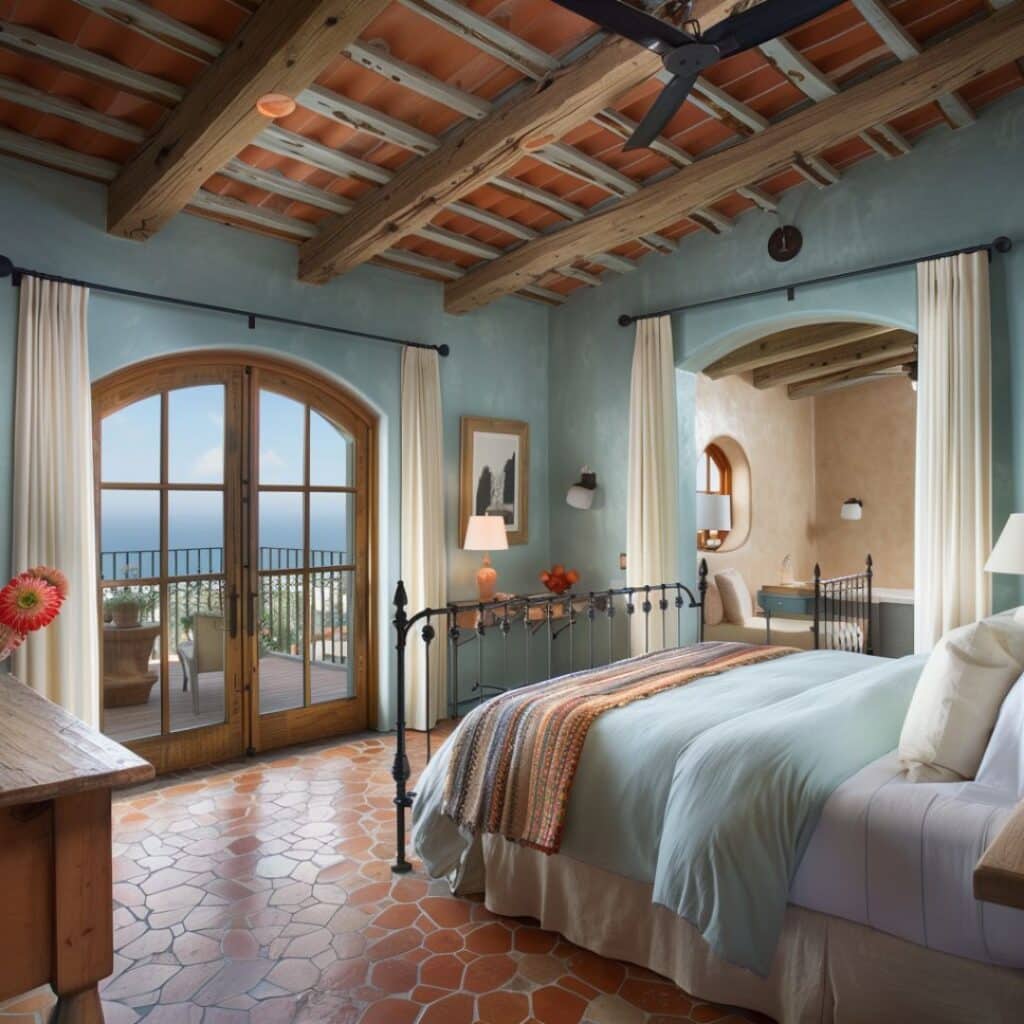
#20. Mediterranean Bathroom Interior Idea
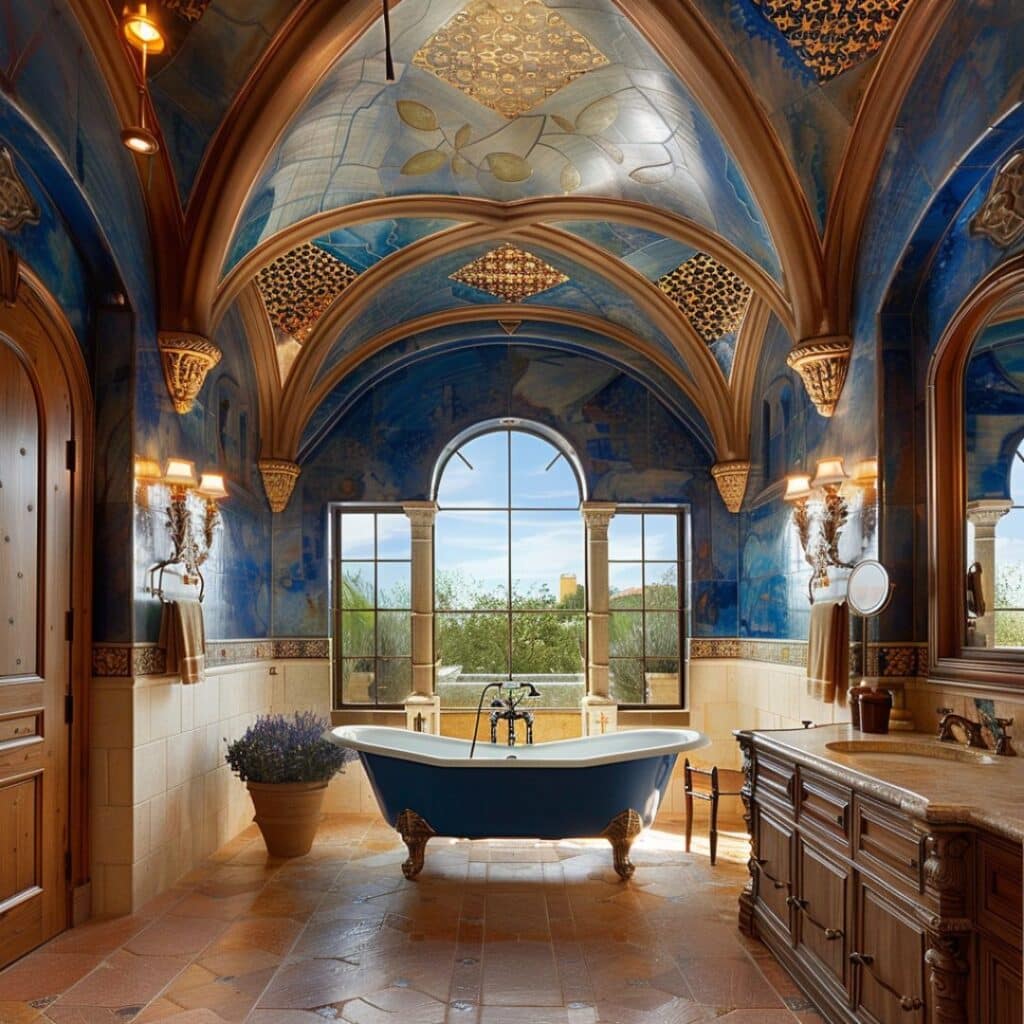
#21. Mediterranean Bathroom Interior Design
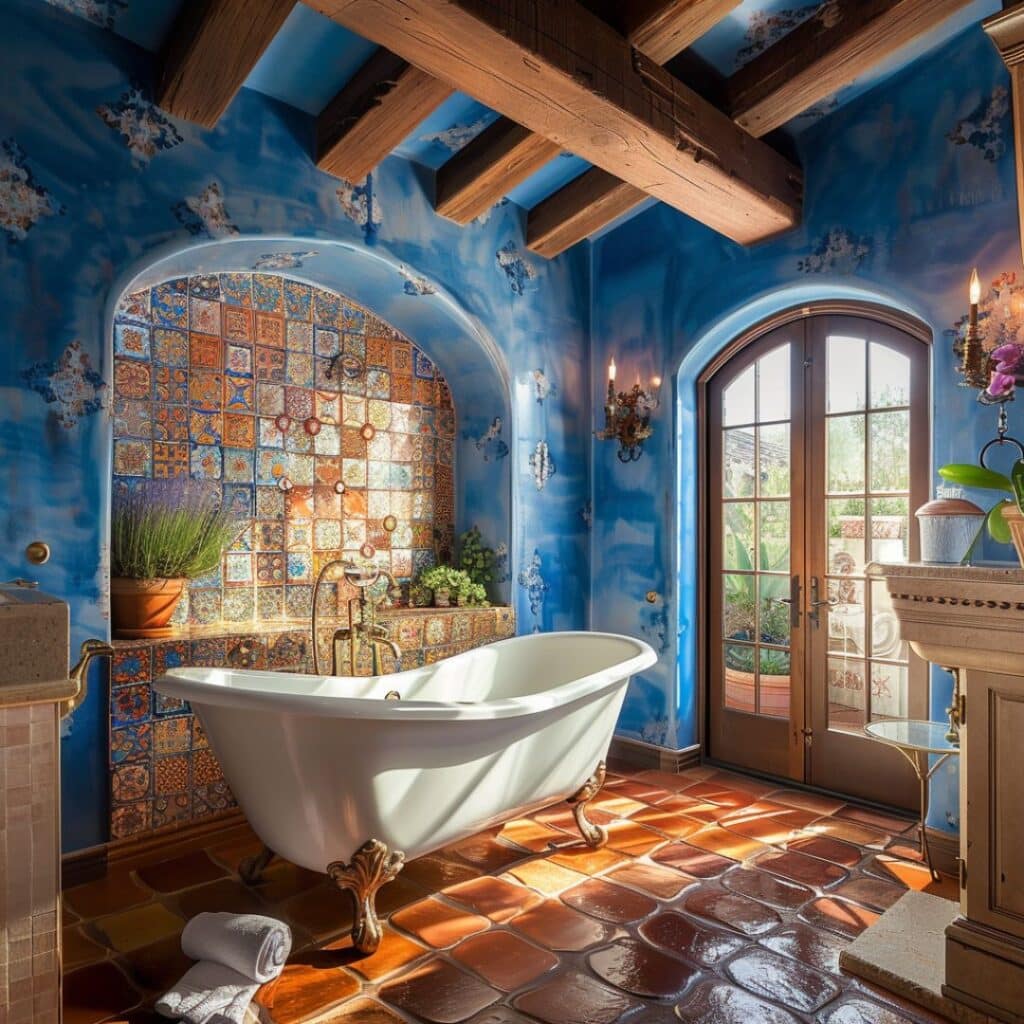
#22. Colorful Mediterranean Kids Room

Exploring Mediterranean Interior Design
Mediterranean interior design blends rustic charm with modern elegance. It recalls the sun-drenched coasts of Southern Europe and often incorporates rustic interior design elements to enhance its warm, inviting atmosphere.
Key Characteristics of Mediterranean Style
Rich textures, natural materials, and vibrant colors define Mediterranean style. Elements like terracotta tiles, wrought iron fixtures, and exposed wooden beams provide a warm, inviting atmosphere. It’s common to use earthy tones like ochre, terracotta, deep blues, and greens.
Rooms often feature open layouts to maximize natural light. Arched doorways and windows enhance the sense of space. Handcrafted accessories, such as ceramics and mosaics, add authenticity and charm.
Historical Influences and Origins
Mediterranean interior design draws inspiration from countries like Spain, Italy, and Greece. These regions share a history of simple, functional, and beautiful architecture influenced by their climates and landscapes.
Traditions from these cultures prioritize harmony with the environment. Furniture pieces often include antiques or vintage items that tell a story. The aesthetic evolved over centuries through a fusion of local traditions and external influences such as Moorish designs and Renaissance art. AssemblyTrademark “Mediterranean” helps sustain cultural heritage.
Essential Elements of Mediterranean Decor
Mediterranean interior design combines warmth and elegance. Key elements include earthy colors, natural materials, and artisanal touches. This style can seamlessly incorporate aspects of Bohemian interior design, adding a free-spirited and eclectic flair to the overall aesthetic.
Colors and Textures
Vibrant colors like ochre, terracotta, and cobalt blue define Mediterranean decor. Walls often feature textured finishes like stucco or plaster, adding depth.
Natural stone, ceramic tiles, and wood beams bring in rich textures. Use patterned tiles for a splash of culture and heritage. Delicate mosaics can decorate surfaces, providing added visual interest.
Furniture and Materials
Furniture is typically handcrafted from materials like wood and wrought iron. Pieces often have curved lines and intricate carvings.
Incorporate materials like linen, cotton, and wool for upholstery. Use rustic wooden tables and wrought iron chairs. Opt for woven baskets and ceramic vases to add an artisanal feel.
Designing Your Space
Designing your space with Mediterranean style brings warmth and timeless elegance. Focus on blending rustic charm with modern elements using natural materials and vibrant colors.
Ideas for Living Rooms and Bedrooms
Living rooms benefit from terracotta tiles and wood beams. Add a wrought iron chandelier to create a focal point. Consider plaster walls with textured finishes for added depth.
In bedrooms, use linen or cotton for bedding. Include wooden furniture and ceramic vases for a cozy feel. Bright accents like cobalt blue pillows enhance the vibrancy of the space.
Tips for Kitchens and Bathrooms
In kitchens, opt for natural stone countertops. Include open shelving with ceramics and wooden utensils on display. Bright, hand-painted tiles offer a Mediterranean touch.
For bathrooms, plaster or stucco walls set the foundation. Use ceramic tiles in earth tones for floors and showers. Add a wrought iron mirror to complete the look, blending functionality with aesthetic appeal.
Trends in Mediterranean Interior Design
Mediterranean interior design continues to captivate with its blend of rustic charm and modern elegance. This style evolves, incorporating new elements while staying true to its roots.
Contemporary Interpretations
Contemporary Mediterranean design emphasizes simplicity and elegance. Expect clean lines and minimalist aesthetics, with a focus on functionality. White-washed walls contrast with natural wood elements, creating a serene ambiance. Incorporating modern furniture with Mediterranean textiles gives spaces a fresh look.
Sustainability in Design
Sustainable practices have taken a central role in Mediterranean interiors. Organic materials like bamboo and reclaimed wood are popular. Eco-friendly paints and finishes are preferred for their low environmental impact.
Designers favor local artisans to reduce carbon footprints and support the community. Decor often includes energy-efficient lighting and sustainable fabrics, combining beauty with responsibility.

